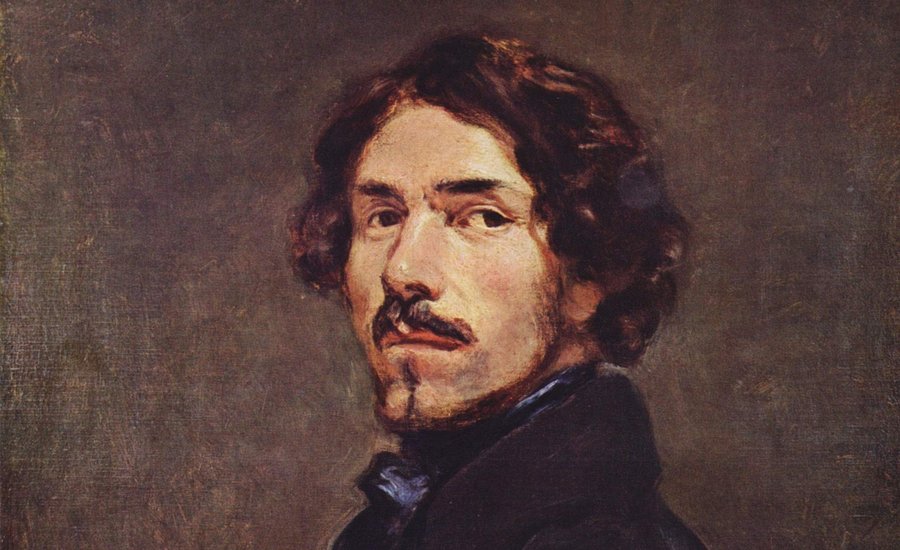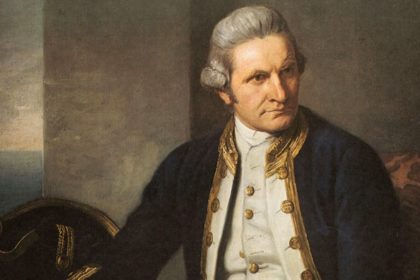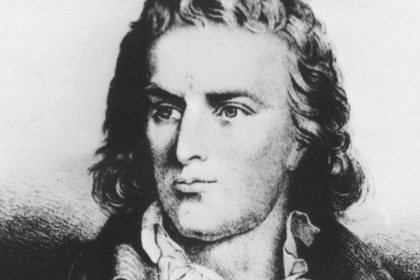Ferdinand Victor Eugene Delacroix was a French Romantic artist regarded from the outset of his career as the leader of the French Romantic school. Take a look below for 30 fun and fascinating facts about Eugene Delacroix.
1. Delacroix was born on April 26, 1798, at Charenton-Saint-Maurice in Ile-de-France, near Paris.
2. His mother was named Victoire Oeben, the daughter of the cabinet-maker Jean-François Oeben.
3. He had three much older siblings. Charles-Henri Delacroix (1779–1845) rose to the rank of General in the Napoleonic army.
4. Henriette (1780–1827) married the diplomat Raymond de Verninac Saint-Maur (1762–1822).
5. Henri was born six years later.
6. He was killed at the Battle of Friedland on 14 June 1807.

7. There are medical reasons to believe that Eugène’s legitimate father, Charles-François Delacroix, was not able to procreate at the time of Eugène’s conception.
8. Talleyrand, who was a friend of the family and successor of Charles Delacroix as Minister of Foreign Affairs, and whom the adult Eugène resembled in appearance and character, considered himself as his real father.
9. Throughout his career as a painter, he was protected by Talleyrand, who served successively the Restoration and king Louis-Philippe, and ultimately as ambassador of France in Great Britain, and later by Talleyrand’s grandson, Charles Auguste Louis Joseph, duc de Morny, half-brother of Napoleon III and speaker of the French House of Commons.
10. His legitimate father, Charles Delacroix, died in 1805, and his mother in 1814, leaving 16-year-old Eugène an orphan.
11. His early education was at the Lycée Louis-le-Grand, and at the Lycée Pierre Corneille in Rouen where he steeped himself in the classics and won awards for drawing.
12. In 1815 he began his training with Pierre-Narcisse Guérin in the neoclassical style of Jacques-Louis David. An early church commission, The Virgin of the Harvest (1819), displays a Raphael-esque influence, but another such commission, The Virgin of the Sacred Heart (1821), evidences a freer interpretation.
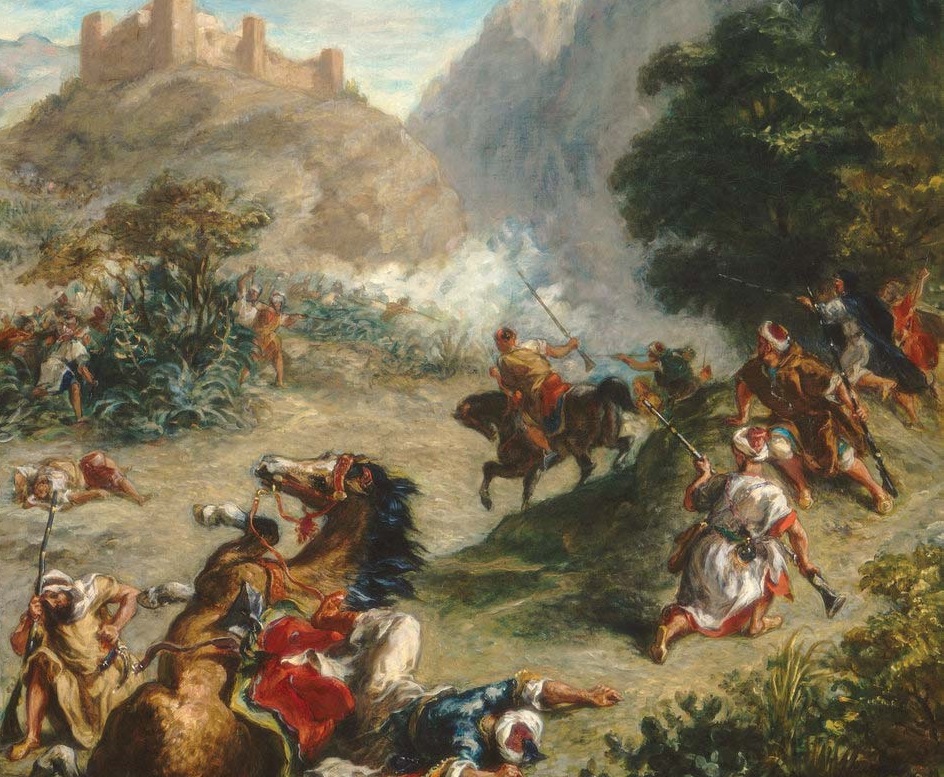
13. It precedes the influence of the more colorful and rich style of the Flemish Baroque painter Peter Paul Rubens, and fellow French artist Théodore Géricault, whose works marked an introduction to Romanticism in art.
14. The impact of Géricault’s The Raft of the Medusa was profound, and stimulated Delacroix to produce his first major painting, The Barque of Dante, which was accepted by the Paris Salon in 1822.
15. In 1832, Delacroix traveled to Spain and North Africa in company with the diplomat Charles-Edgar de Mornay, as part of a diplomatic mission to Morocco shortly after the French conquered Algeria.
16. He went not primarily to study art, but to escape from the civilization of Paris, in hopes of seeing a more primitive culture.
17. He eventually produced over 100 paintings and drawings of scenes from or based on the life of the people of North Africa, and added a new and personal chapter to the interest in Orientalism.
18. Delacroix was entranced by the people and the costumes, and the trip would inform the subject matter of a great many of his future paintings.

19. He managed to sketch some women secretly in Algiers, as in the painting Women of Algiers in their Apartment (1834), but generally he encountered difficulty in finding Muslim women to pose for him because of Muslim rules requiring that women be covered.
20. While in Tangier, Delacroix made many sketches of the people and the city, subjects to which he would return until the end of his life.
21. Delacroix drew inspiration from many sources over his career, such as the literary works of William Shakespeare and Lord Byron, or the artistry of Michelangelo.
22. In 1838 Delacroix exhibited Medea about to Kill Her Children, which created a sensation at the Salon.
23. From 1833 Delacroix received numerous commissions to decorate public buildings in Paris.
24. At the sale of his work in 1864, 9140 works were attributed to Delacroix, including 853 paintings, 1525 pastels and water colors, 6629 drawings, 109 lithographs, and over 60 sketch books.
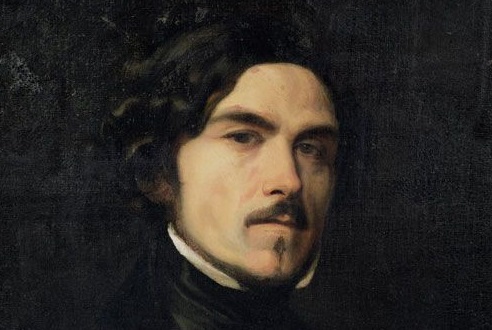
25. The number and quality of the drawings, whether done for constructive purposes or to capture a spontaneous movement, underscored his explanation, “Color always occupies me, but drawing preoccupies me.”
26. Delacroix produced several fine self-portraits, and a number of memorable portraits which seem to have been done purely for pleasure, among which were the portrait of fellow artist Baron Schwiter, an inspired small oil of the violinist Niccolò Paganini, and Portrait of Frédéric Chopin and George Sand, a double portrait of his friends, the composer Frédéric Chopin and writer George Sand; the painting was cut after his death, but the individual portraits survive.
27. On occasion Delacroix painted pure landscapes (The Sea at Dieppe, 1852) and still lifes (Still Life with Lobsters, 1826–27), both of which feature the virtuoso execution of his figure-based works.
28. He is also well known for his Journal, in which he gave eloquent expression to his thoughts on art and contemporary life.
29. His painting at the church of St. Sulpice has been called the “finest mural painting of his time”.
30. Contemporary Chinese artist Yue Minjun has created his own interpretation of Delacroix’s painting Massacre of Chios, which retains the same name. Yue Minjun’s painting was itself sold at Sotheby’s for nearly $4.1 million in 2007.

